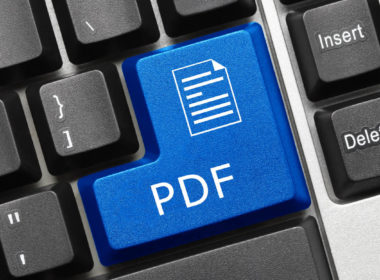Snapshot
- A ‘less-paper’ practice is superior to a paperless practice, preserving the best of a traditional practice using paper.
- When conducting litigation, 95 percent of solicitors prefer to file and serve documents as electronically stored information via an online portal or by email.
- Methods of managing electronically stored information tested for over a decade deliver enormous savings in time, money, and resources.
The vast majority of solicitors now prefer certain aspects of litigation to be paperless. About 75 percent of solicitors doing litigation work recently surveyed by the Law Society of New South Wales stated that viewing or downloading court files remotely, and making court applications or lodging documents via an online portal or email, made ‘a positive impact to time and cost efficiencies’ for lawyers and their clients. A staggering 95 percent responded that, if they had a choice, they would keep working this way, either sometimes or always.
Written statements instead of oral testimony are fashionable. Opinion evidence informed by specialised knowledge is now routine. Supporting documents are no longer measured in folders, but in forests. Briefs to Counsel are no longer brief enough to be tied up in red tape. And bodkins are seized by sheriffs after ‘airport-style’ security at courthouse entrances. Using the Internet to file, serve, and use this material effectively and economically demands skilful management of electronically stored information (‘ESI’). Deploying such skills has already demonstrated enormous savings in time, money, and resources. For example, for one court, in the order of $200,000 in legal costs savings per case.
In March 2022, I wrote about paperless affidavits, the most tightly regulated documentation solicitors draw when conducting litigation (‘New legislation is super-charging paperless litigation’ 86 Law Society Journal March 2022, 78). I ended by writing ‘How best to manage documents to optimise their utility as potential annexures and exhibits to paperless affidavits is beyond the scope of this article.’ This piece takes up where I last left off. Let’s start with ethics.
History, jurisprudence, statutory interpretation, and ethics
Absent exceptional circumstances, courts and tribunals exercising civil jurisdiction today often require evidence in chief to be given in writing. That writing is variously referred to as an affidavit, evidentiary statement, written statement, expert report, or by other names. While details differ from court to court, a fundamental characteristic of such written evidence is a record of what a witness is anticipated to say about the authenticity of documents to be used in conjunction with their written evidence. These other documents are known as annexures or exhibits.
When evidence in chief is given in writing on paper, annexures form part of the bundle of papers, and exhibits do not (e.g. Uniform Civil Procedure Rules 2005, Part 35 rule 6, in particular r 6(3) and 6(5)). The reason behind this and related rules was always to minimise the cost of storage, as courts never destroy their records, and exhibits, as litigators know, are usually returned to the parties after hearing and were never stored at taxpayers’ expense.




